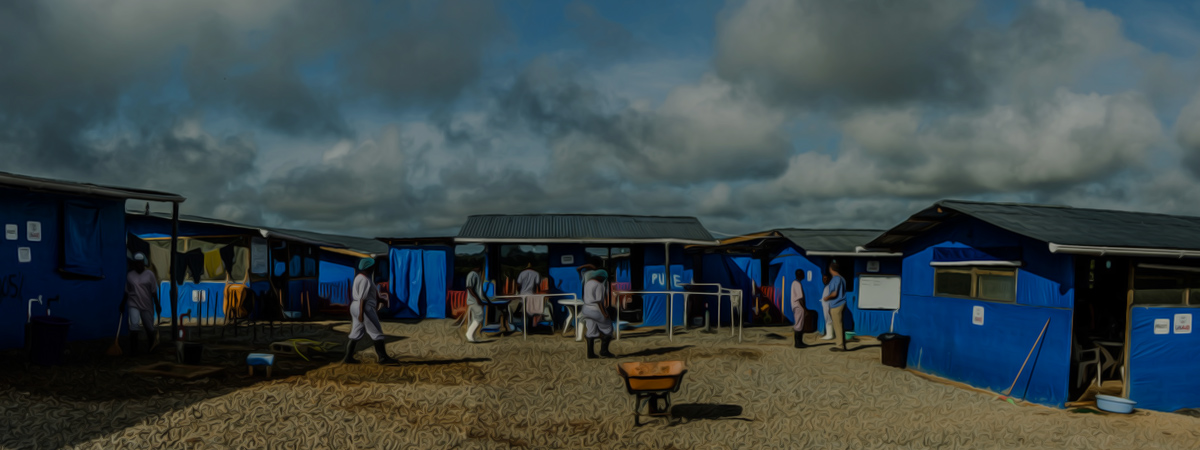After years of near-invisible end users, it’s promising to see the beginnings of ‘end-user recognition’ in much of technology-for-development (ICT4D) emerging best practice. It looks like we’ve made a big stride forward, but we’re not where we need to be yet, despite making all the right noises. To a great extent, we’re still saying one thing and doing another.
Independence and self-reliance, i.e. people in the developing world solving their own problems, should be key development objectives Tweet This Quote
The international development sector, which includes the ICT4D community, is famously uncoordinated. That’s no surprise to many of the people who work in it. You would hope that, at least if the wrong things were being done they’d be being done in a coordinated way, but that’s rarely the case. Haiti is a great case in point, where “a confused aid effort‘ has only added to the difficulties. You’d be right to ask why so many people continue to live in tents nearly five years after the earthquake.
Very recently, the Narrative Project—which I blogged about here—included a call for “a co-ordinated development sector.” It also made the point that independence and self-reliance, i.e. people in the developing world solving their own problems, should be key development objectives. And that people need to believe they can make a difference. This is good to hear, but they’re empty words if ‘best’ practice continues to undermine it.
You could argue that designing with the user is a sensible approach—it’s certainly better than designing without them—but is it taking us closer to an end-game of “people in the developing world solving their own problems?” It may if you’re working with them to build a tool or platform which they, and other communities elsewhere, can then take and subsequently deploy on their own terms to solve whatever problem they see fit, in whatever way they decide, without the ‘solution’ provider needing to be involved.
Local empowerment can only genuinely happen if it’s local people helping local people. Tweet This Quote
To me, design with the user makes more sense to a local solutions developer, who can simply jump on a bus to go and work with them. But it doesn’t for the overseas solutions developer, for example the student group designing an ICT4D intervention as part of their design thinking course. Local empowerment can only genuinely happen if it’s local people helping local people. So what we need to do is work towards a place where that can happen. Allowing the user to design is that place.
The truth of the matter is that far too many ICT4D projects are still initiated from the outside. When I initially launched FrontlineSMS in 2005, the platform was squarely designed to allow local people to conceive, design and run their own projects. The only outside help they needed was for someone to provide something that allowed them to do that. It really isn’t rocket science.
Yet, despite its successes, it still seems to be a model, and an approach, in the minority.
I worry that people who read, study and follow the “design with the end user” mantra might feel more than ever that they’re doing the right thing, but they’ll simply be reinforcing the outside-in, top down approach without realizing it. Design with the end user is a step in the right direction, but it’s not the end of the journey, and we shouldn’t kid ourselves that it is.



